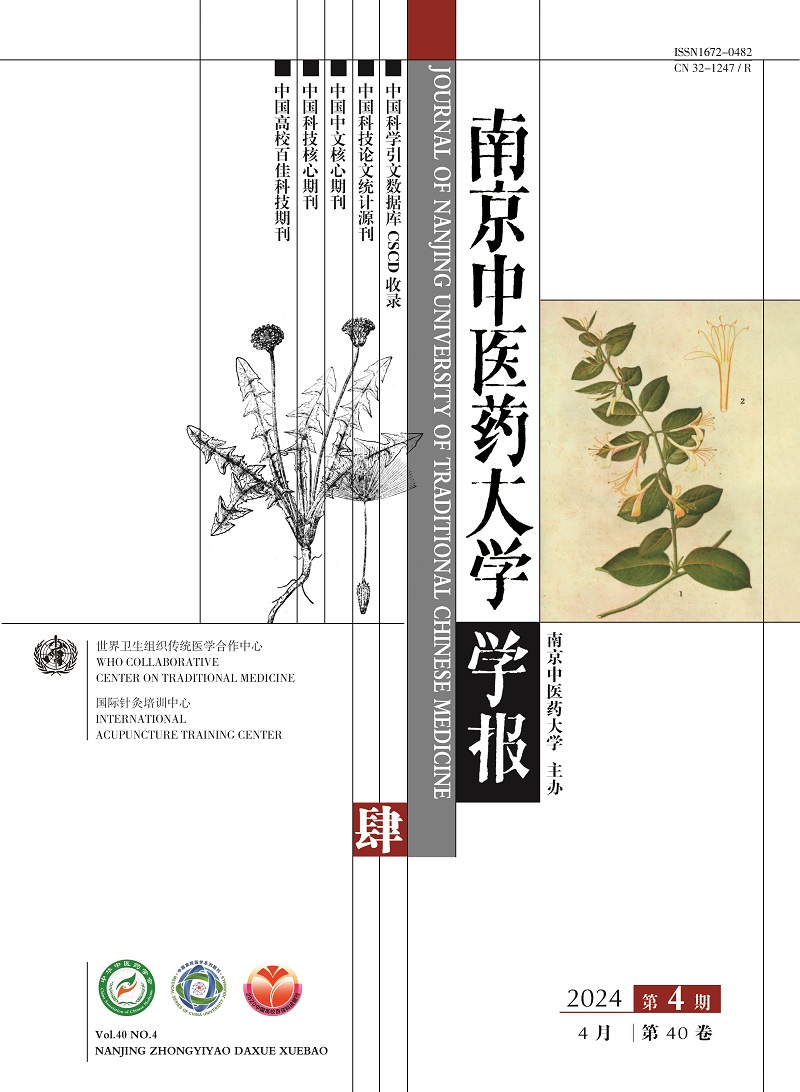2018 Vol. 34, No. 1
Display Method:
2018, 34(1): 1-4.
Abstract:
2018, 34(1): 5-11.
Abstract:
2018, 34(1): 12-18.
Abstract:
2018, 34(1): 19-24.
Abstract:
2018, 34(1): 25-29.
Abstract:
2018, 34(1): 30-34.
Abstract:
2018, 34(1): 35-38.
Abstract:
2018, 34(1): 39-41.
Abstract:
2018, 34(1): 42-46.
Abstract:
2018, 34(1): 50-53.
Abstract:
2018, 34(1): 54-57.
Abstract:
2018, 34(1): 58-62.
Abstract:
2018, 34(1): 63-65.
Abstract:
2018, 34(1): 66-71.
Abstract:
2018, 34(1): 72-76.
Abstract:
2018, 34(1): 77-80.
Abstract:
2018, 34(1): 81-86.
Abstract:
2018, 34(1): 87-90.
Abstract:
2018, 34(1): 91-95.
Abstract:
2018, 34(1): 101-104.
Abstract:
2018, 34(1): 105-108.
Abstract:



